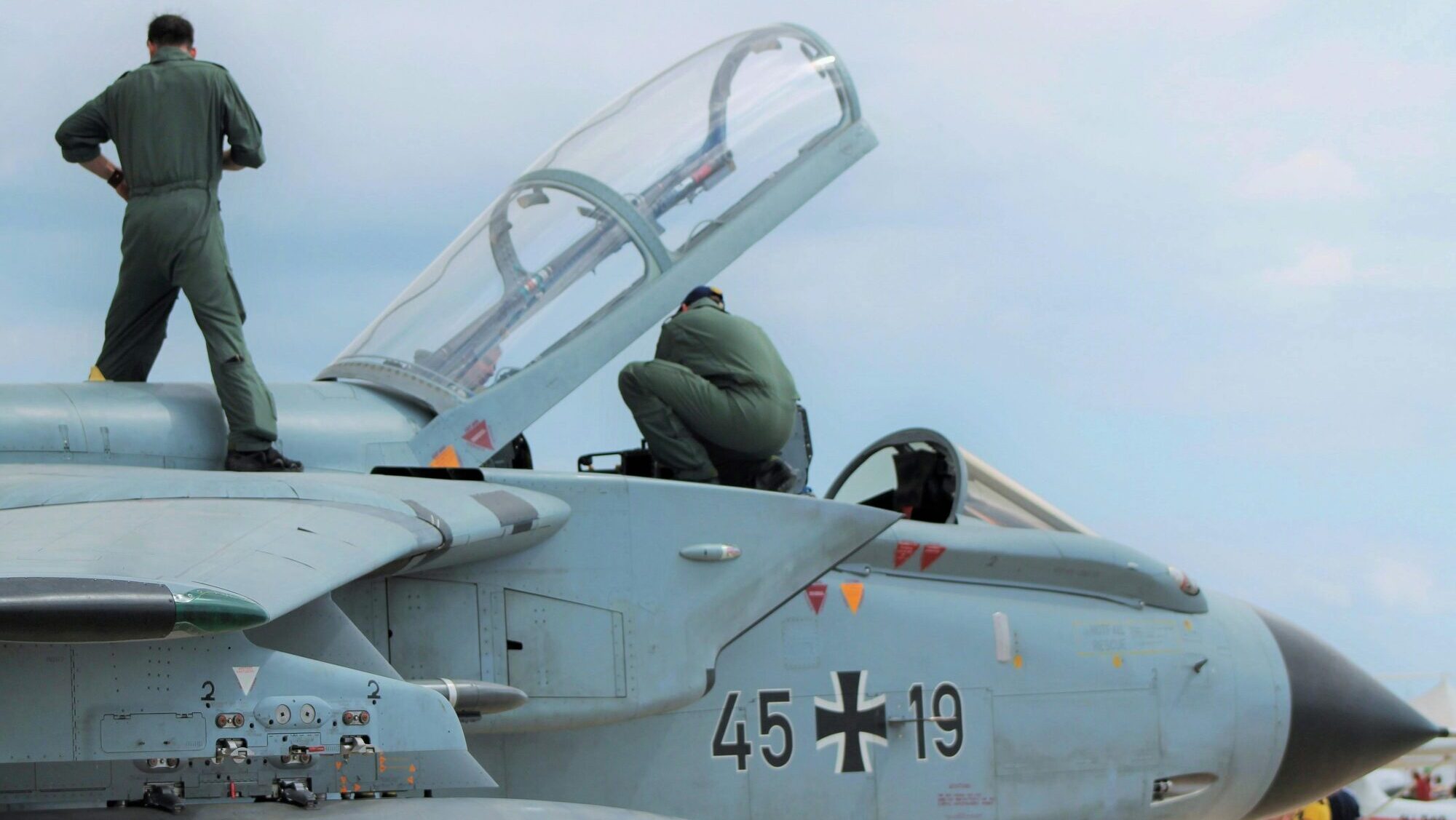
Photo: Joe Ambrogio
The leaders of NATO’s major European member states met in Brussels on Monday, February 3rd, to discuss the need to strengthen the continent’s defense capabilities. The meeting served to reinforce investment policies in the European military industry and reduce reliance on external security guarantees.
European defense is at a crossroads, with the European Union preparing an unprecedented investment push to bolster its military infrastructure. “The COVID pandemic and Russian aggression in Ukraine were moments of awakening,” declared French President Emmanuel Macron, continuing his efforts to position himself as one of the continent’s leading figures, given the lack of initiative from German Chancellor Olaf Scholz. “The statements from the new U.S. administration push Europeans to be more united, more active in responding to their collective security needs,” he noted.
Macron emphasized that strengthening the European defense industry and prioritizing the purchase of European-made weaponry are essential steps toward achieving strategic autonomy—one of the main pillars of Spain’s presidency of the EU Council in the second half of 2023.
The meeting, attended by EU heads of state, NATO Secretary General Mark Rutte, and British Prime Minister Keir Starmer, focused on the necessity of increasing defense spending while securing funding mechanisms that would not further strain Europe’s already fragile public finances.
The EU estimates that an additional €500 billion will be needed over the next decade to close the defense gap, a challenge made even more complex by U.S. demands that NATO allies raise their military spending to 5% of GDP—far above the levels currently reached by any member state. The three countries with the highest defense spending relative to GDP are Poland (4.12%), Estonia (3.43%), and the United States (3.38%).
Speaking in an interview with Bild on Saturday, February 1st, Rutte warned European leaders, “We must prepare for war to prevent war,” highlighting the need for significant investments in military readiness. He specifically called on Germany to expand its defense industry and increase its contributions to NATO security efforts.
Meanwhile, Polish Prime Minister Donald Tusk, during the Brussels meeting, underscored the importance of keeping all arms acquisition options open and maintaining strategic partnerships with the United States, Canada, and Norway.
These three countries—especially the first, depending on its progress with Greenland—are crucial for the European Union to secure some degree of Arctic access through allied nations. This region is expected to become a future flashpoint between Russia and China due to its potential to shorten maritime trade routes by up to 15 days, providing Beijing with a competitive advantage that Washington may struggle to counter.
As military demands rise, funding remains a key point of contention. France and the Baltic states advocate for joint EU debt issuance to finance defense projects, while Germany and the Netherlands oppose such measures. When it comes to financial commitments, European unity is often elusive.
A possible compromise is using the European Investment Bank (EIB) to provide loans to the defense sector, a move backed by 19 member states, including Germany, France, Italy, and Spain. Even though the EIB has already doubled its defense-related financing, increasing from €500 million to €1 billion in 2024, with plans to reach €2 billion in 2025, EU leaders want more.
They are pushing for broader reforms, including lifting restrictions on defense industry funding and issuing sector-specific defense bonds. This last idea was initially proposed by former Internal Market Commissioner Thierry Breton.
European Council President António Costa reinforced the urgency of this agenda in his official invitation to EU leaders, stating, “Europe must assume greater responsibility for its own defense. It must be more resilient, more efficient, and more autonomous.”
The push for a stronger European defense industry will particularly benefit the major military manufacturers in Germany, France, Italy, and Spain. The European Commission is preparing a White Paper on defense, set for release next month, which will outline strategic investment priorities and funding models.
While discussions on eurobonds and alternative financing options remain unresolved, the primary objective is clear: securing long-term contracts for European defense firms to ensure production capacity and supply chain stability. Many of these firms also have U.S. capital investment.
